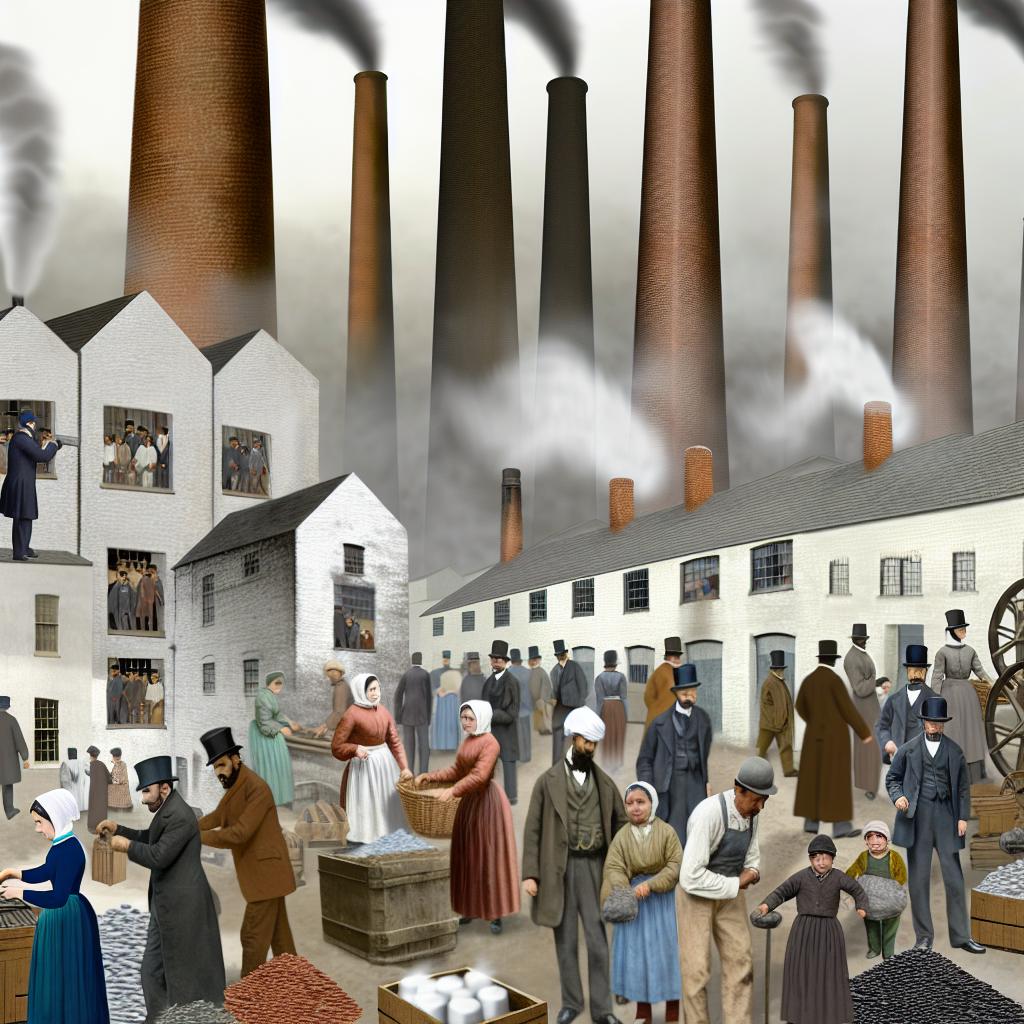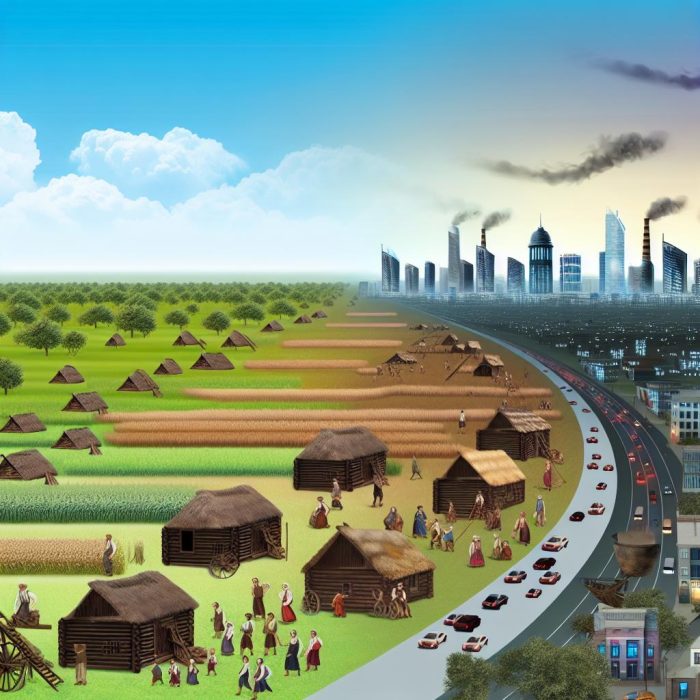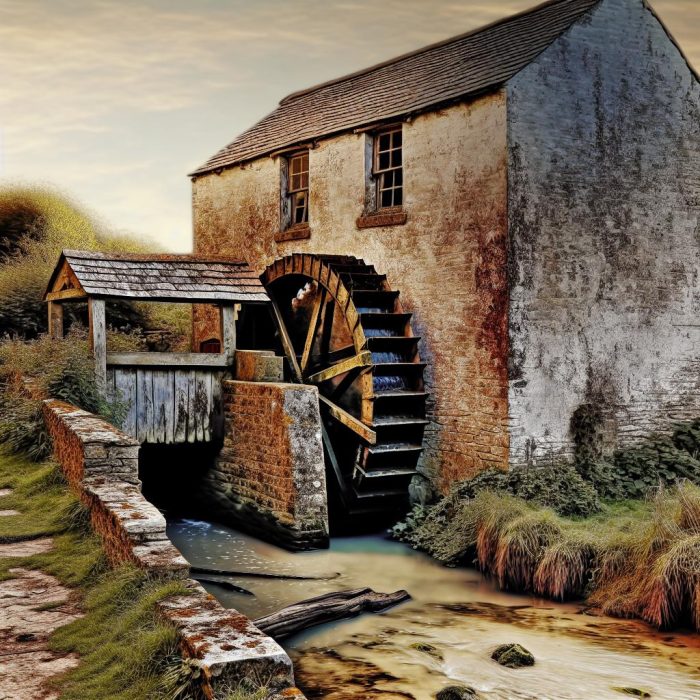The Industrial Revolution: An Overview
The Industrial Revolution, initiated in the late 18th century in Britain, marked a pivotal chapter in human history. This era is distinguished by the shift from agrarian economies and handcraft-based production to industrial and machine-driven manufacturing. It set the stage for the contemporary industrial environment, reshaping societies and economies globally.
The Emergence of Mills
Mills were integral to the Industrial Revolution. As some of the earliest factory types to appear, they played a vital role in mass production. Predominantly associated with the burgeoning textile industry, mills served as a precursor in the wave of industrialization that would come to encompass various other sectors.
Textile Mills and Their Impact
Textile mills represented the frontline of the Industrial Revolution. These mills transformed raw materials like cotton and wool into finished fabrics efficiently and in large quantities. The mechanization of textile production processes led to a substantial increase in production capacity, significantly reducing fabric costs. This development made textiles more accessible to a vast portion of the population, altering consumption patterns and lifestyles.
Technological Advancements
Technological innovation was a hallmark of the era, with inventions such as the spinning jenny and the power loom revolutionizing textile production. These machines automated tasks previously completed manually, markedly boosting efficiency and productivity. For further details on these technologies and their inventors, you might find this resource insightful.
Labor Force and Working Conditions
The proliferation of mills dramatically reshaped the labor landscape. Operating and maintaining these machines demanded a considerable workforce. In many instances, this workforce included entire families, with children working alongside adults for extended hours under difficult conditions. The harsh realities faced by workers eventually spurred labor reforms and the establishment of trade unions that championed improved working conditions.
Economic and Social Transformations
Mills had profound economic impacts during the Industrial Revolution. Not only did they enable large-scale production, but they also prompted rapid urbanization. As factories concentrated in urban areas, workers migrated from rural settings, leading to swift city growth.
Urbanization and Its Consequences
The accelerated development of industrial cities brought about notable social transformations. There was a surge in populations as new urban middle and working classes formed, driven by the demands of industrial labor. This increase in urban dwellers necessitated the development of infrastructure such as roads and railways, which in turn facilitated further economic expansion.
Environmental Impact
The industrial surge, particularly the rise of mills, led to considerable environmental repercussions. Factories became sources of pollution, emitting smoke and discharging waste into air and water bodies. These environmental challenges underscored the need for regulatory measures, which would eventually be introduced in subsequent years.
Conclusion
The Industrial Revolution, alongside the advent of mills, brought about sweeping societal changes with both positive and negative outcomes. While they were critical in advancing economic growth and industrial progress, they also introduced significant challenges, including adverse working conditions and environmental degradation. A deeper understanding of this epoch provides valuable insights into the delicate balance between industrial advancement and its social and environmental ramifications.



